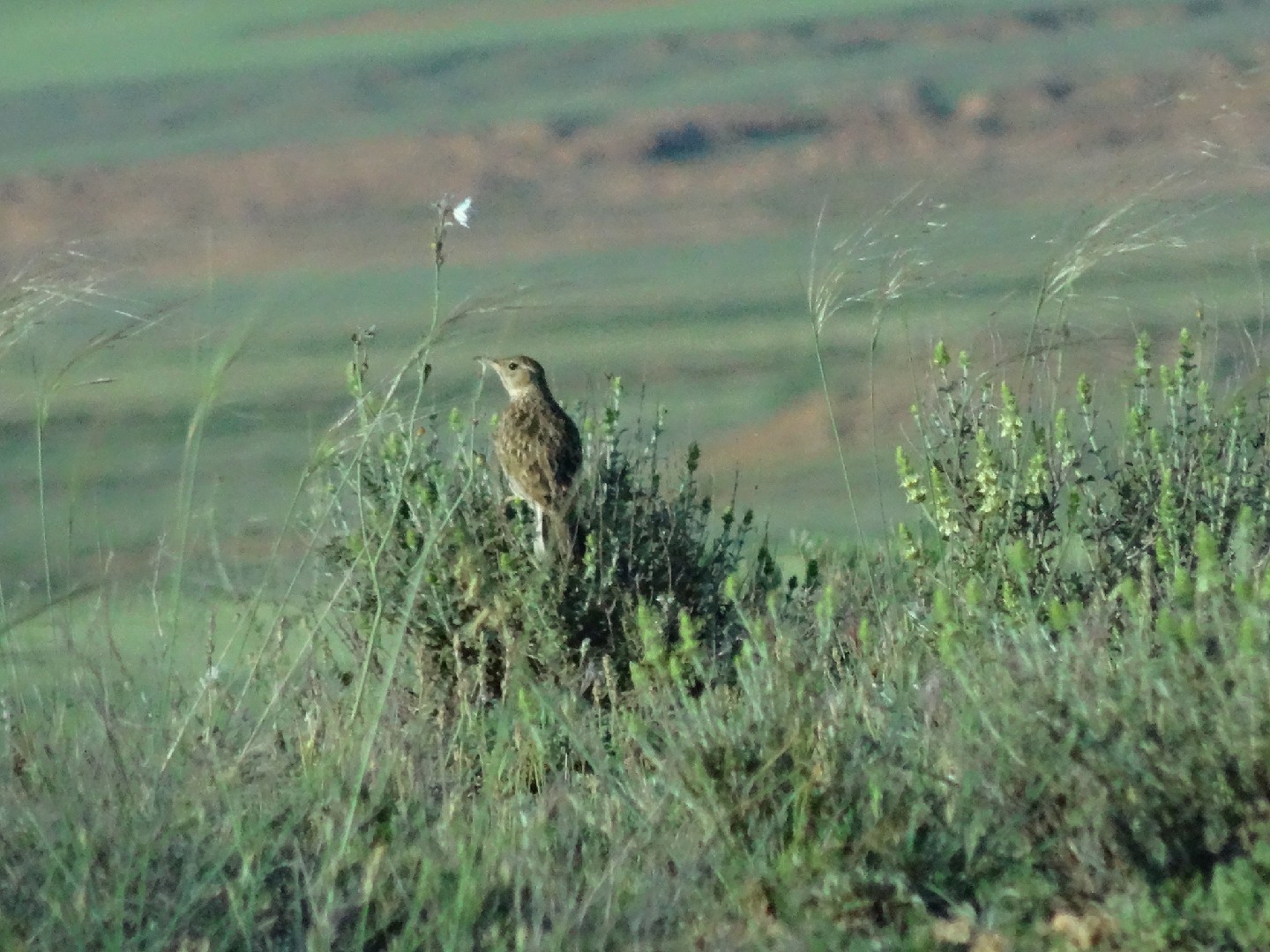Dupont's Lark
A species of Dupont'S Lark Scientific name : Chersophilus duponti Genus : Dupont'S Lark
Dupont's Lark, A species of Dupont'S Lark
Botanical name: Chersophilus duponti
Genus: Dupont'S Lark
Content
Description General Info
Description
Like most other larks, Dupont's lark is an undistinguished looking species on the ground. It is 17–18 cm long, slim, with a long neck, long legs and a fine slightly curved bill. It has a thin pale crown stripe and a dark-streaked breast. The north-western Dupont's lark of Europe and north-west Africa is mainly brown-grey above and pale below. The south-eastern Dupont's lark, which occupies most of the rest of the African range, has rufous upperparts. 
Size
18 cm
Nest Placement
Ground
Feeding Habits
Dupont's Lark consumes insects including beetles, grasshoppers, and ants, as well as seeds, specifically from Asphodelus. It forages by digging, even for beetle larvae and spiders in their holes, and does not drink water. Nestlings are exclusively fed invertebrates like spiders, grasshoppers, and caterpillars.
Habitat
Dupont's Lark typically resides in open plains characterized by shrub-steppe or feather-grass steppe vegetation, favoring either flat or gently undulating terrain. The species shows a preference for areas with a notable presence of shrubs, generally ranging in height from 40 to 60 centimeters, interspersed with a substantial proportion of bare ground. In North Africa, dupont's Lark is more commonly found in habitats dominated by Stipa tenacissima, compared to regions with Artemisia shrubs. Outside the breeding season, dupont's Lark can also adapt to cereal farmlands.
Dite type
Granivorous
General Info
Feeding Habits
Bird food type
Behavior
This is a very shy species, which runs for cover when disturbed. It is difficult to see while running among vegetation but it sometimes sings, standing upright on the edge of a low bush. 
Distribution Area
It breeds across much of northern Africa, from Algeria to Egypt, and in Spain and France. It is a non-migratory resident. It is a species that commonly inhabits chaparral areas. However, it experiences a 3.9% annual population decrease in Spain with a 32.8% decrease from 2008 to 2018, shifting its conservation status to vulnerable on the national level and endangered in the regions of Andalusia and Castile-León. 
Scientific Classification
Phylum
Chordates Class
Birds Order
Perching birds Family
Larks Genus
Dupont'S Lark Species
Dupont's Lark 